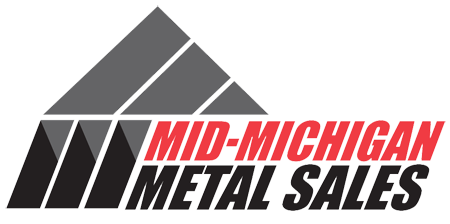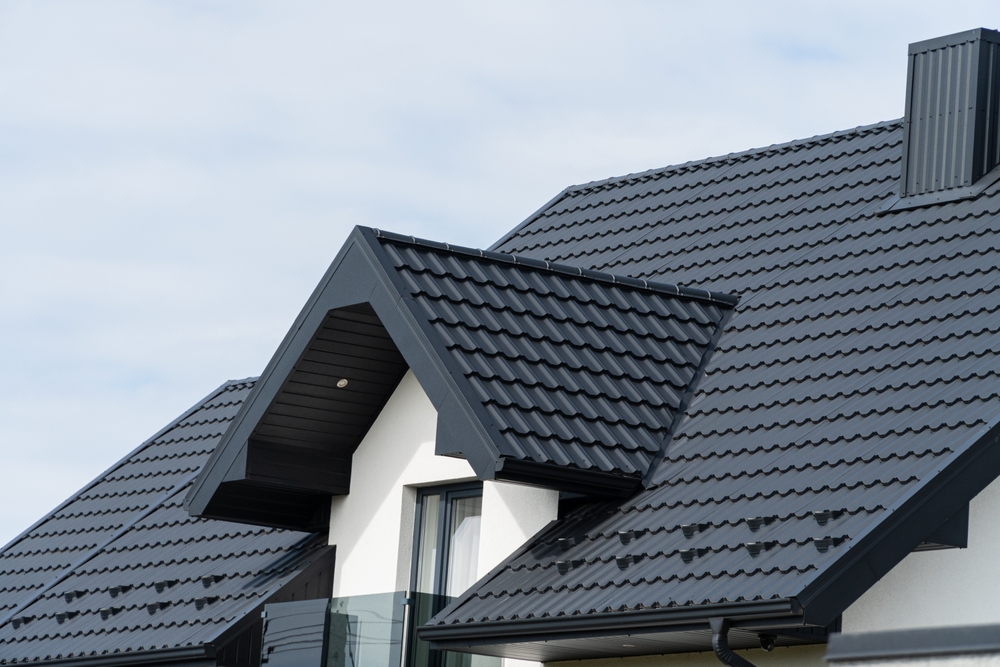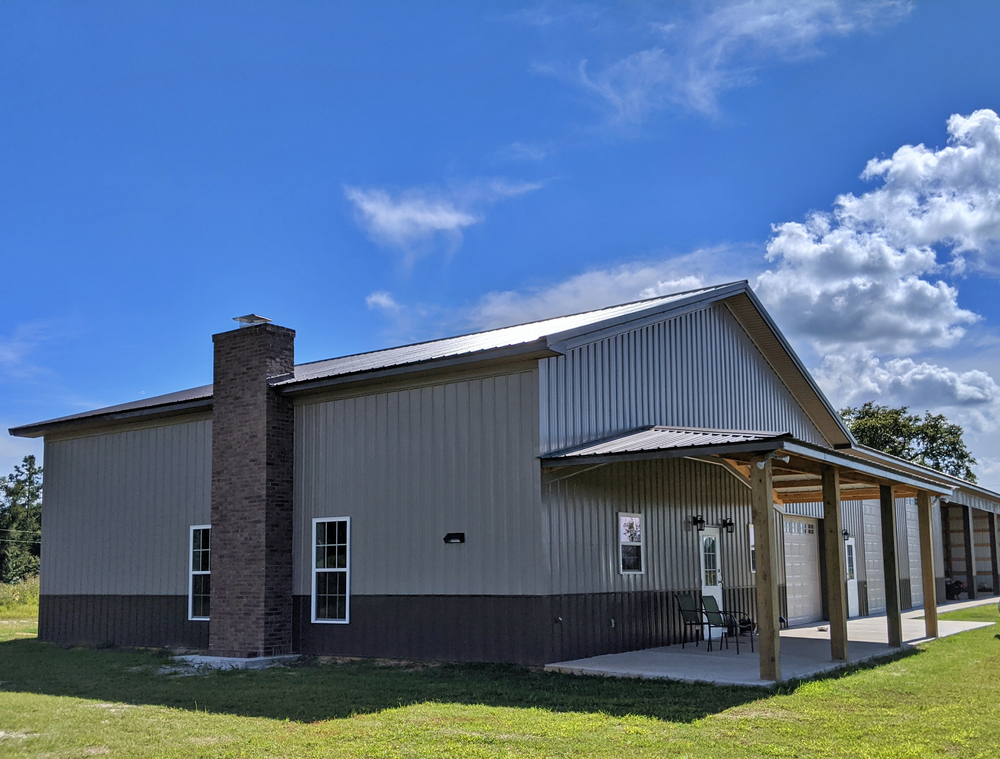There are numerous settings and scenarios where metal roofs are often utilized to great benefit on various structures, and the agricultural realm is a great example here. Metal roofs are quite common in various agricultural facilities and related structures, whether for machinery and related needs or things like workshops, storage, rural businesses and many more.
At Mid Michigan Metal Sales, we’re here to offer a wide range of metal roofing panels, metal shingles, metal siding and related products for clients around Michigan, including for agricultural needs of various types. While your precise list of considerations here will naturally vary based on individual factors, here are some broad topics to be keeping in mind if you’re involved in sourcing or building a metal roof in any agricultural setting.
Why Metal Roofs for Agriculture?
Before we dig further into specific benefits, it’s worth addressing a basic question: Why are metal roofs so commonly utilized in agriculture? There are several reasons:
- Durability and resistance to various weather elements
- Versatility for many different structures and needs
- Ease of installation compared to many other roofing types
- Cost-effectiveness over the life of the roof
Common Agricultural Building Types
There are numerous building types within the agricultural realm that commonly use metal roofs, including:
- Barns and stables
- Sheds and storage buildings
- Greenhouses or related structures
- Processing facilities
- Livestock housing and enclosures
In many cases, different areas of the same farm will have different roofing needs. For example, a barn may require a slightly different type of metal roof than a livestock enclosure, and both may be different from the roofing needs in a processing facility.
Post-Frame or Stick-Frame Construction?
Generally speaking, there are two broad construction formats that might be used for agricultural buildings: post-frame and stick-frame construction. Stick-frame is a more traditional type of construction that involves building from the ground up, using wood framing and other elements to make a solid structure.
On the other hand, post-frame construction refers to utilizing large posts or columns as structural support instead of relying on traditional load-bearing walls. This method often allows for faster and more cost-effective construction, making it a popular choice for agricultural buildings.
For this reason, post-frame construction is typically the preferred method when it comes to metal roofing for agricultural structures. It also allows for more flexibility in terms of design and layout, making it easier to customize your roof to fit your specific needs.
Substrate Material
Another key consideration when it comes to metal roofs in agriculture is the substrate material used. The most common options here are galvanized substances or Galvalume, which is a combination of zinc and aluminum.
While galvanized steel is typically the more affordable option, Galvalume offers superior corrosion resistance and durability. For agricultural structures where exposure to harsh weather elements or chemicals is a concern, investing in higher-quality substrate material might be worth considering.
Paint System
There are several paint systems that can be used for metal roofs in agriculture, including polyester, silicone-modified polyester (SMP) and polyvinylidene fluoride (PVDF). Polyester and SMP systems have been around the longest and remain the most common, but PVDF offers superior durability and resistance to fading.
If possible, it’s generally worth considering a PVDF paint system for your metal roof in an agricultural setting, especially if you’re concerned about appearance or longevity.
Metal Gauge
When we talk about steel gauge, we’re referring to the thickness of the metal used in your roof. The lower the gauge number, the thicker and more durable the metal will be.
In agriculture, where roofs are subject to a variety of weather conditions and potential damage from equipment or animals, it’s generally recommended to opt for a lower gauge metal. This may come at a slightly higher upfront cost, but can save you money in the long run by reducing the need for frequent repairs or replacements.
Accessories
Depending on your specific needs, there are many accessories that can be added to a metal roof in an agricultural setting. These may include:
- Skylights or windows for additional natural light
- Insulation for temperature control and energy efficiency
- Gutters and downspouts for proper drainage
- Ventilation systems for airflow and moisture control
Before making any final decisions on your metal roof, be sure to consider which accessories may benefit your specific structure and needs.
Our team at Mid Michigan Metal Sales can help guide you through the various options available for any agricultural metal roofing needs around Michigan. Contact us today for more information and to get started on your project!


